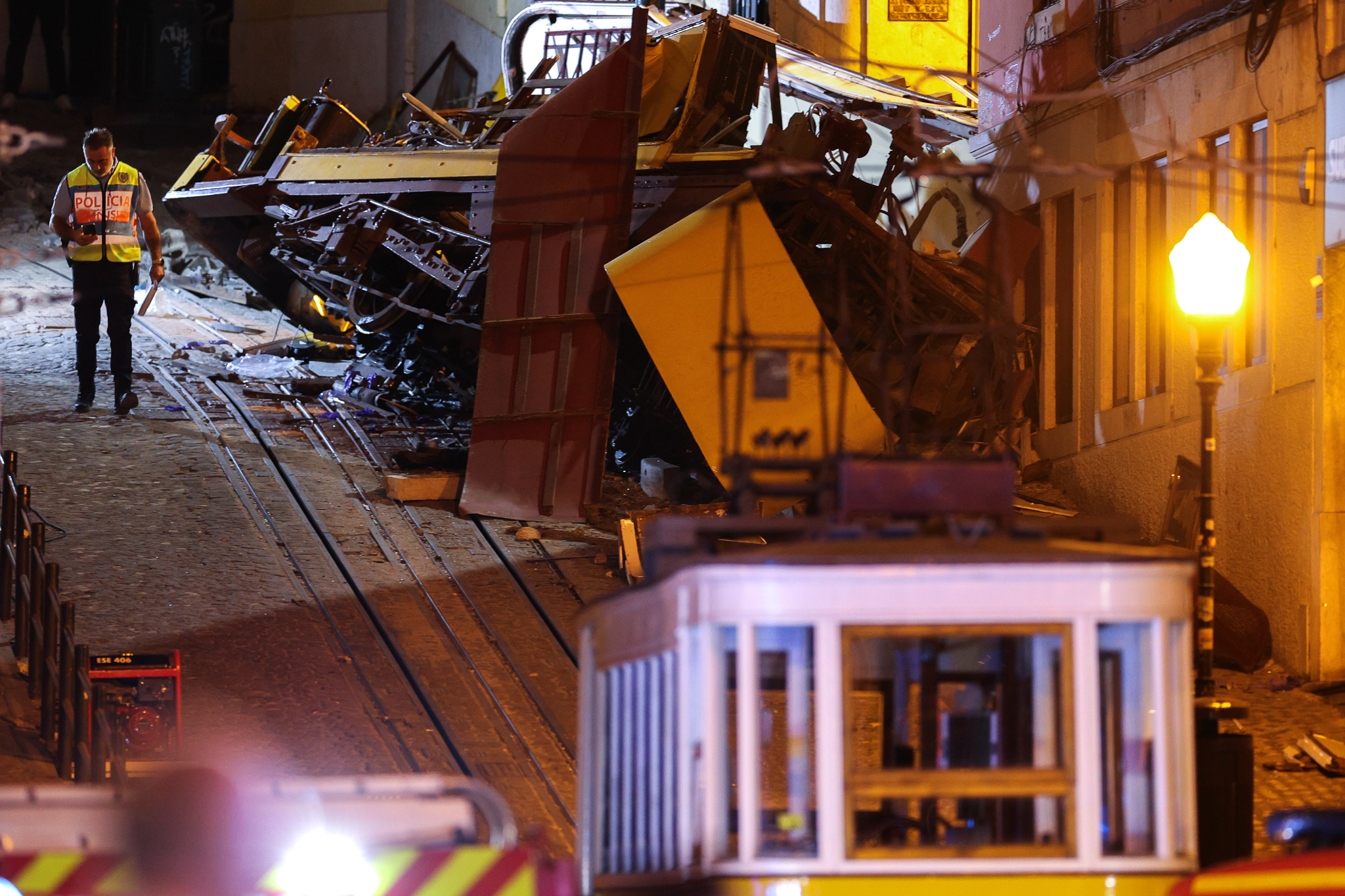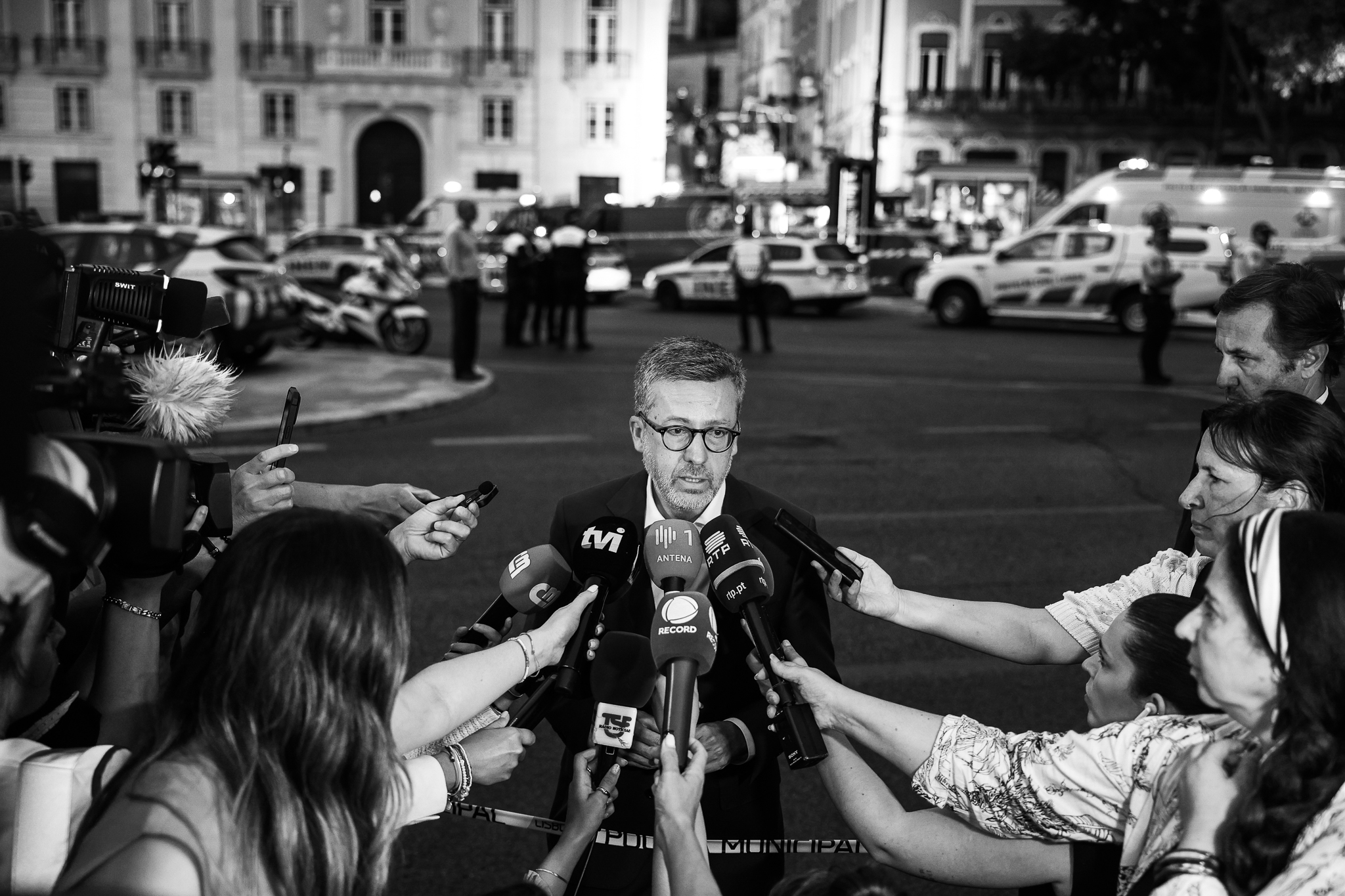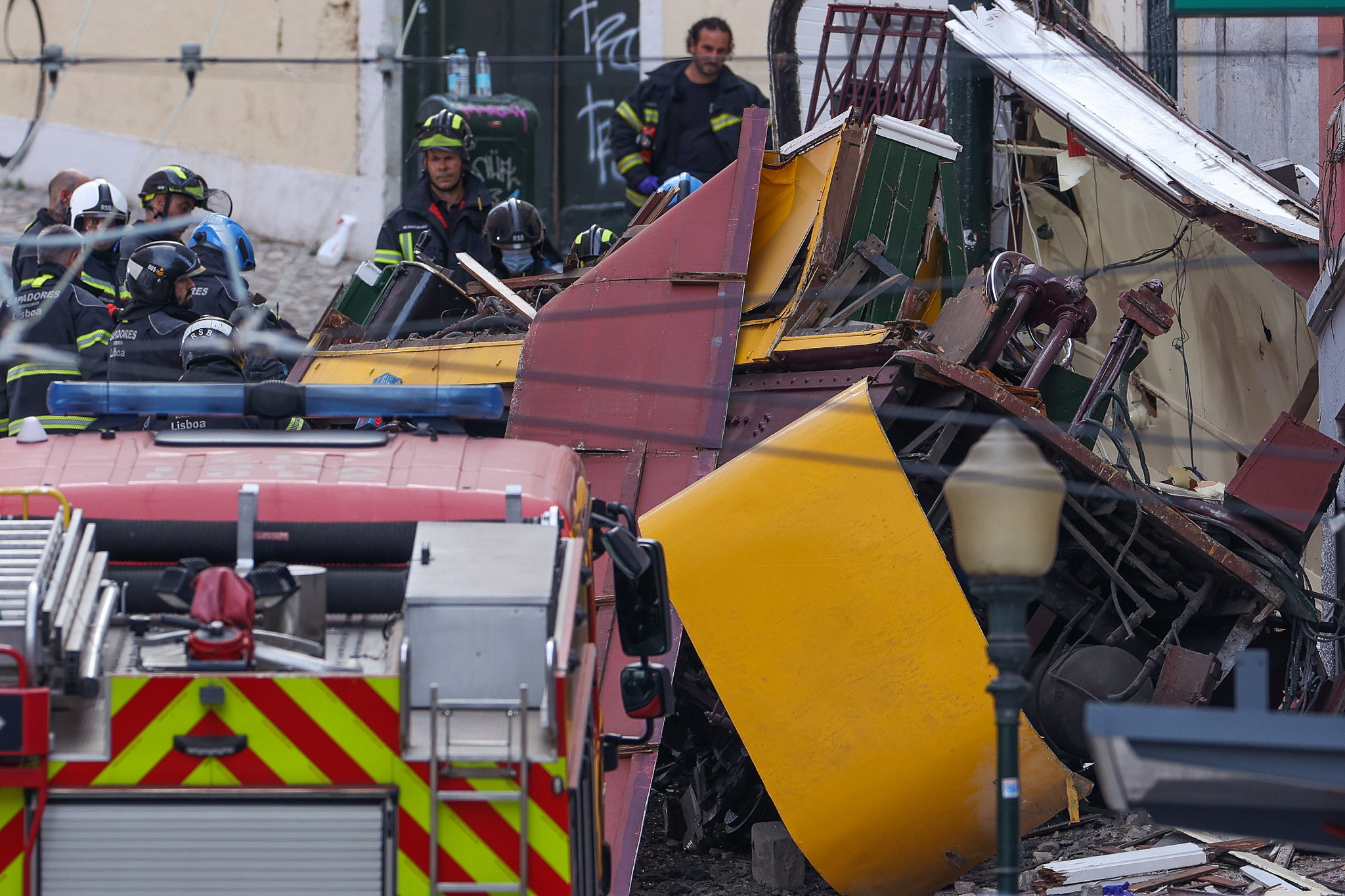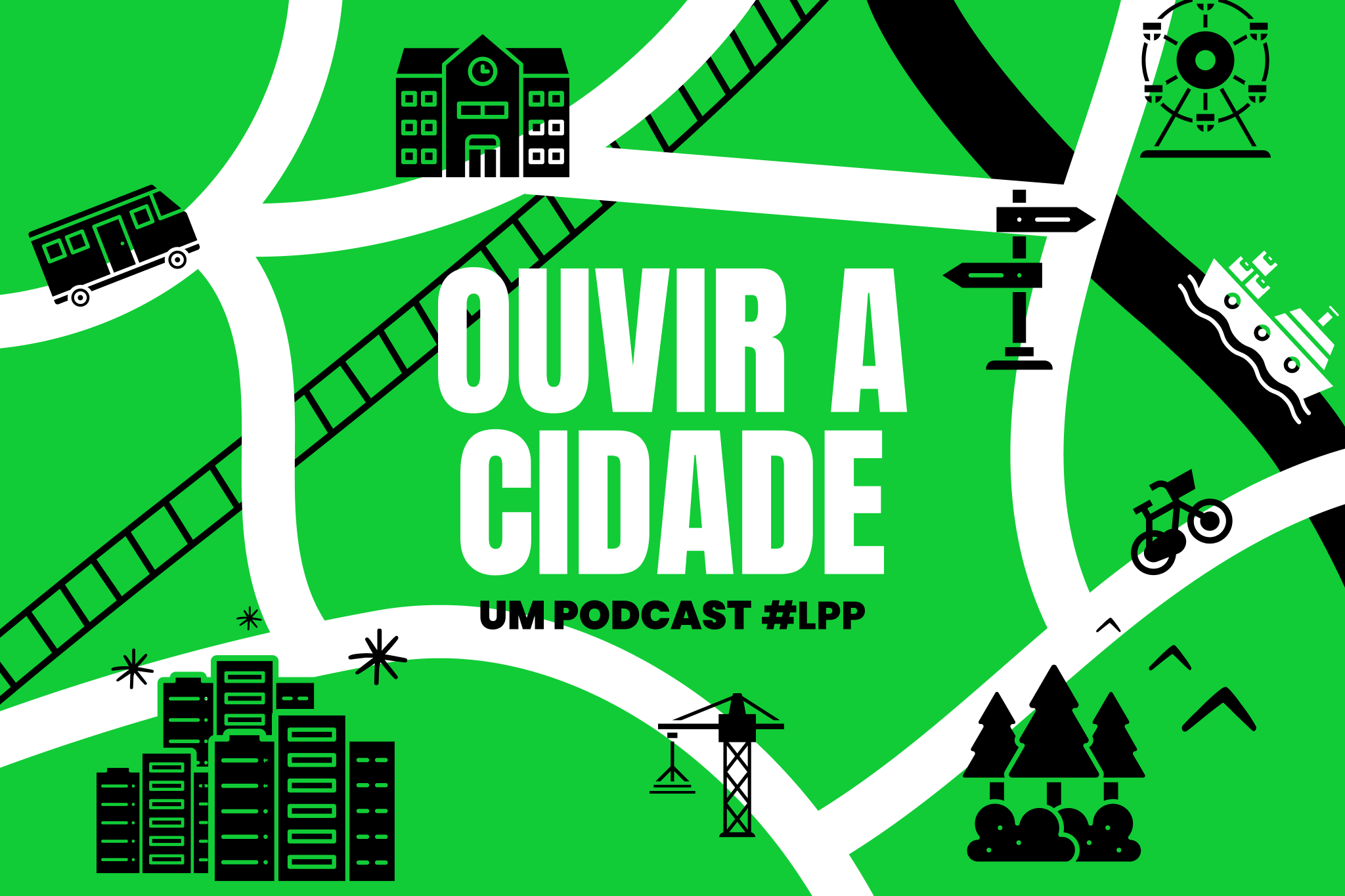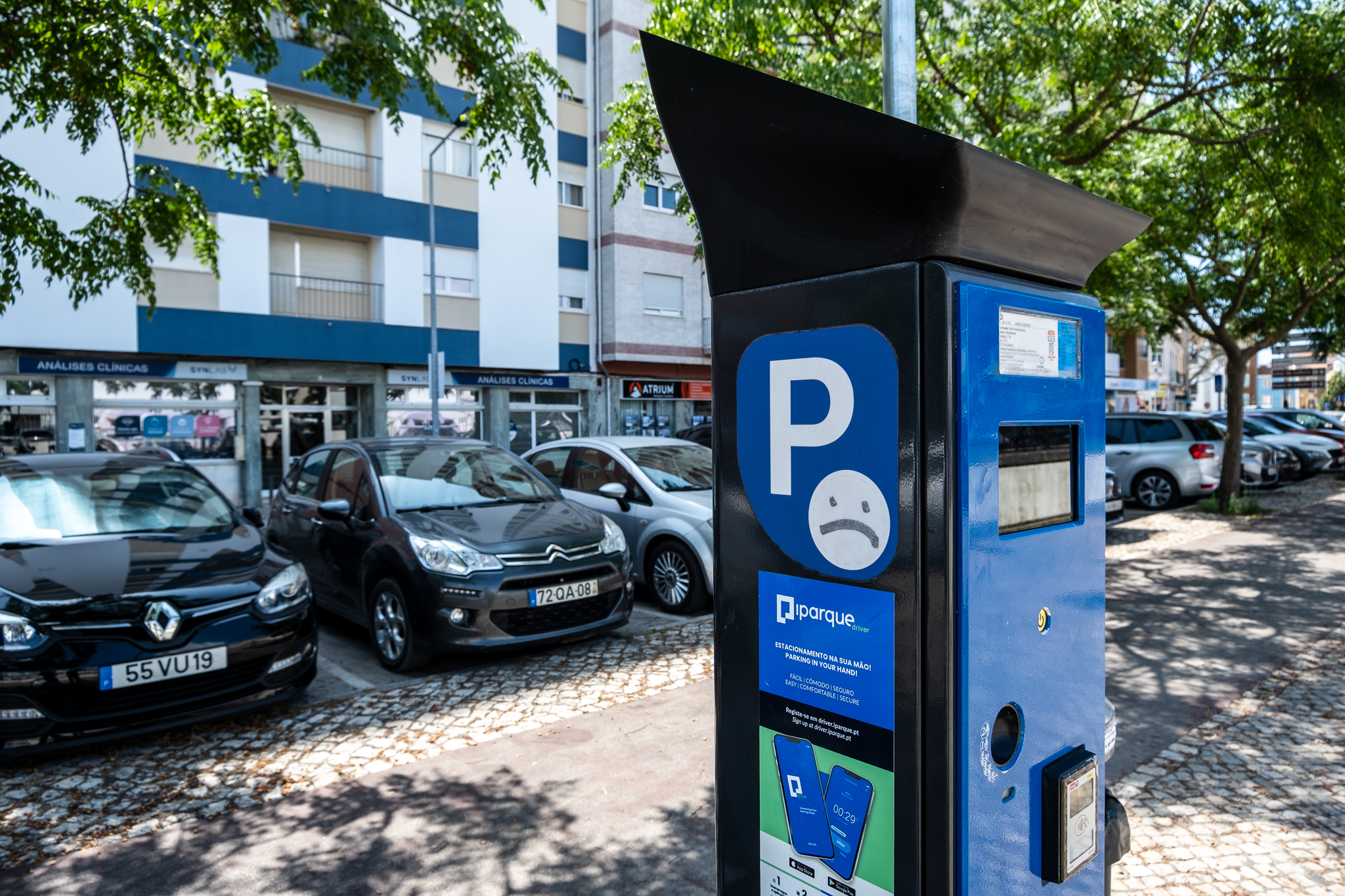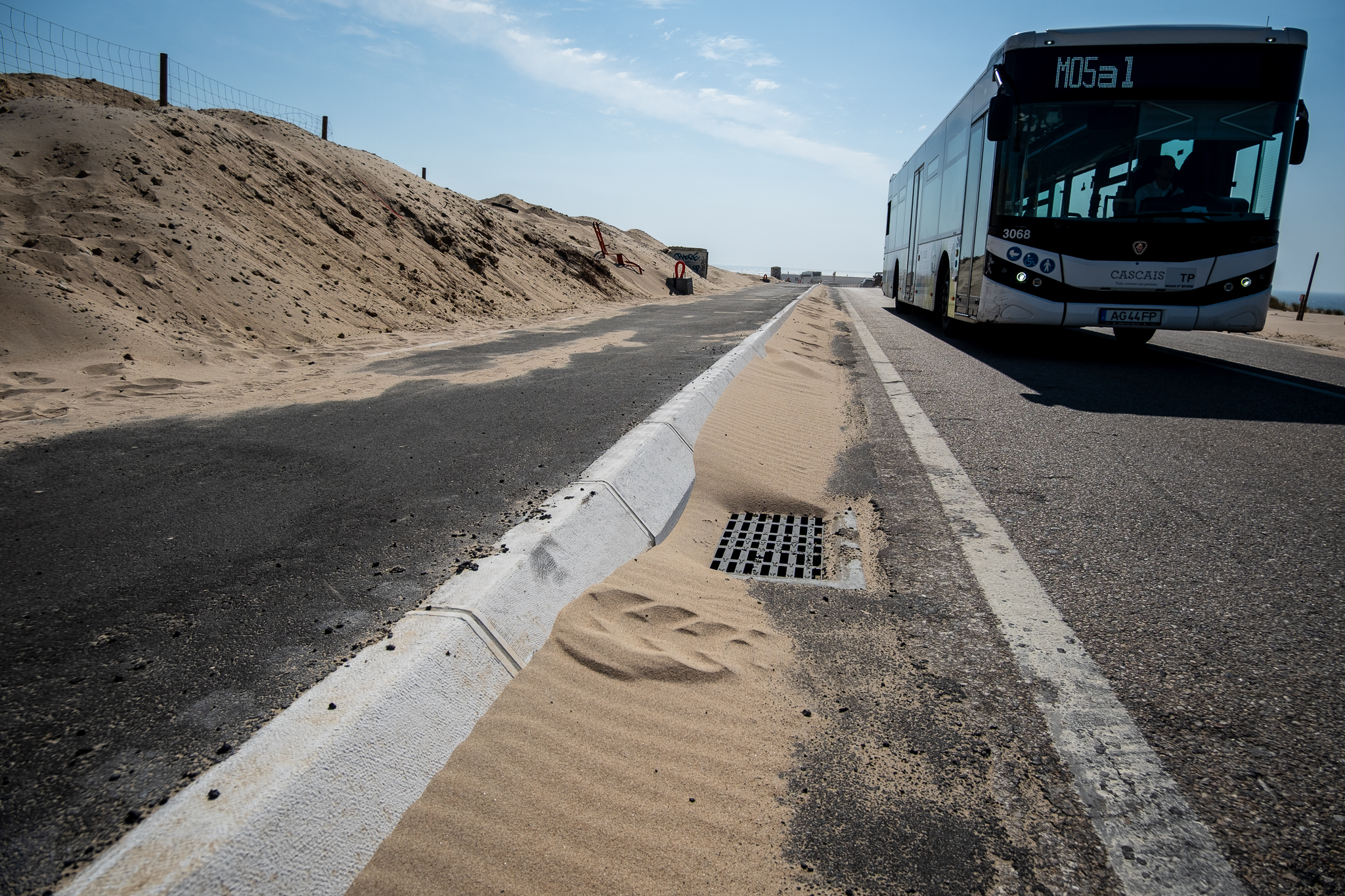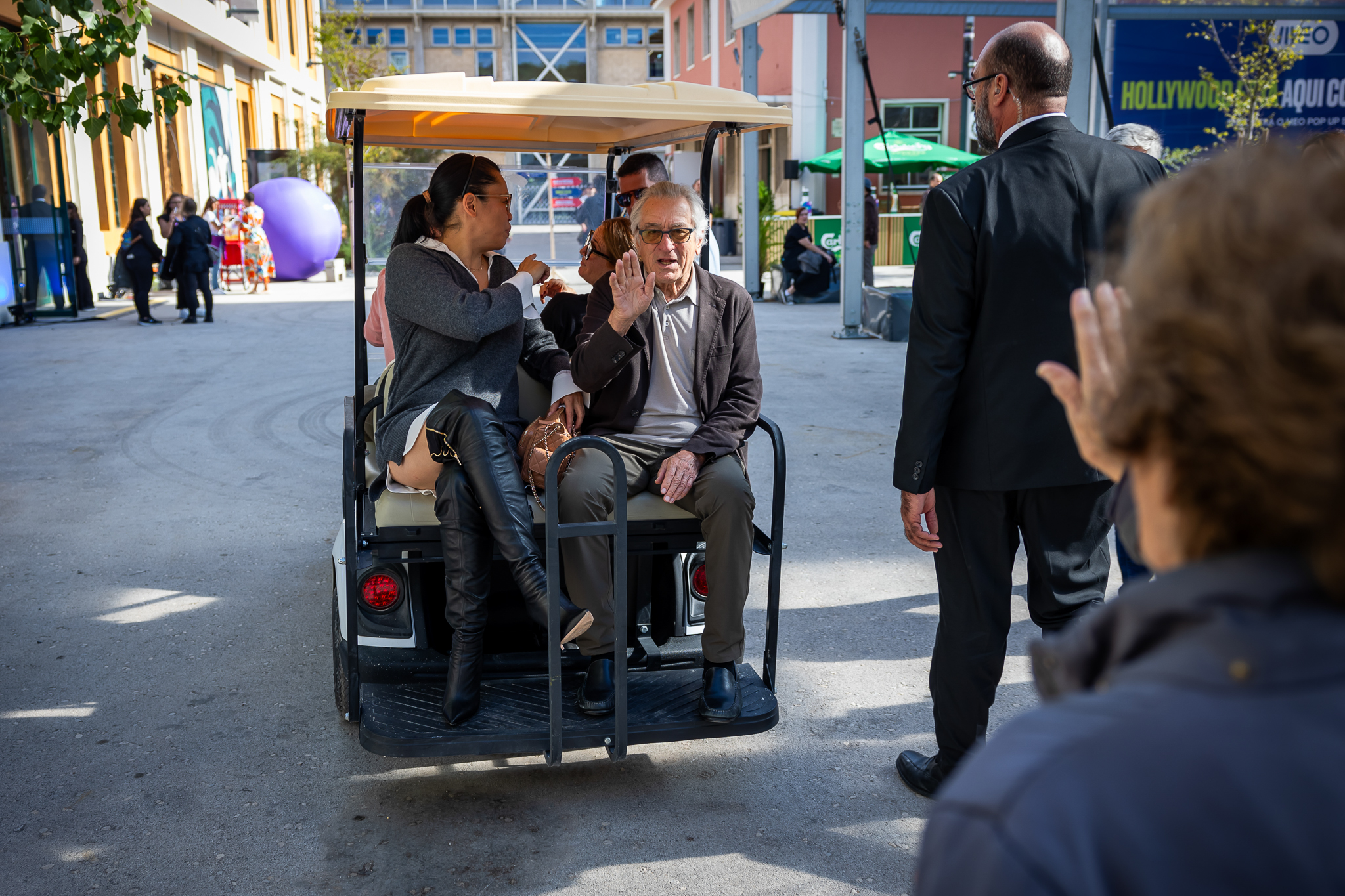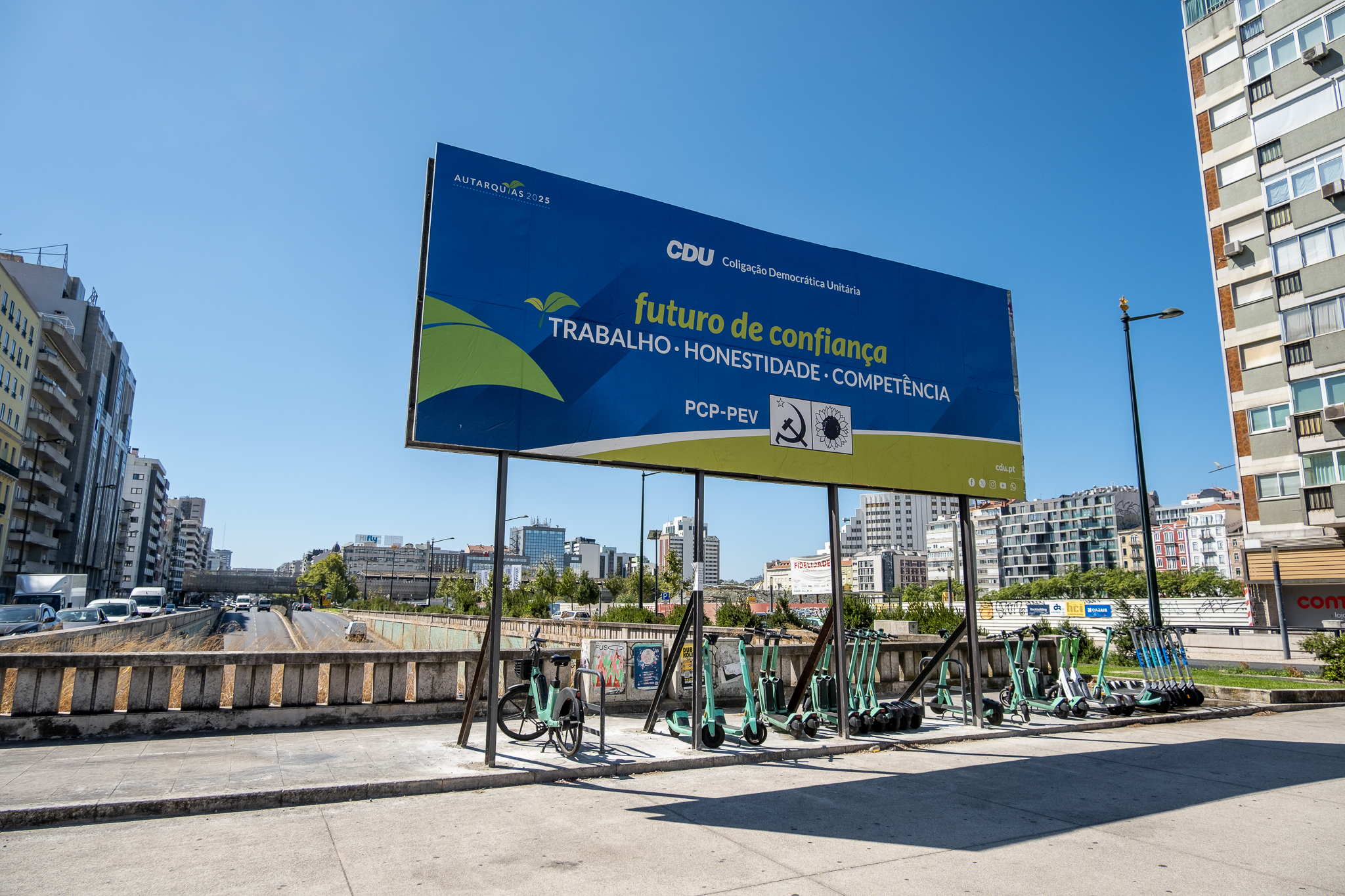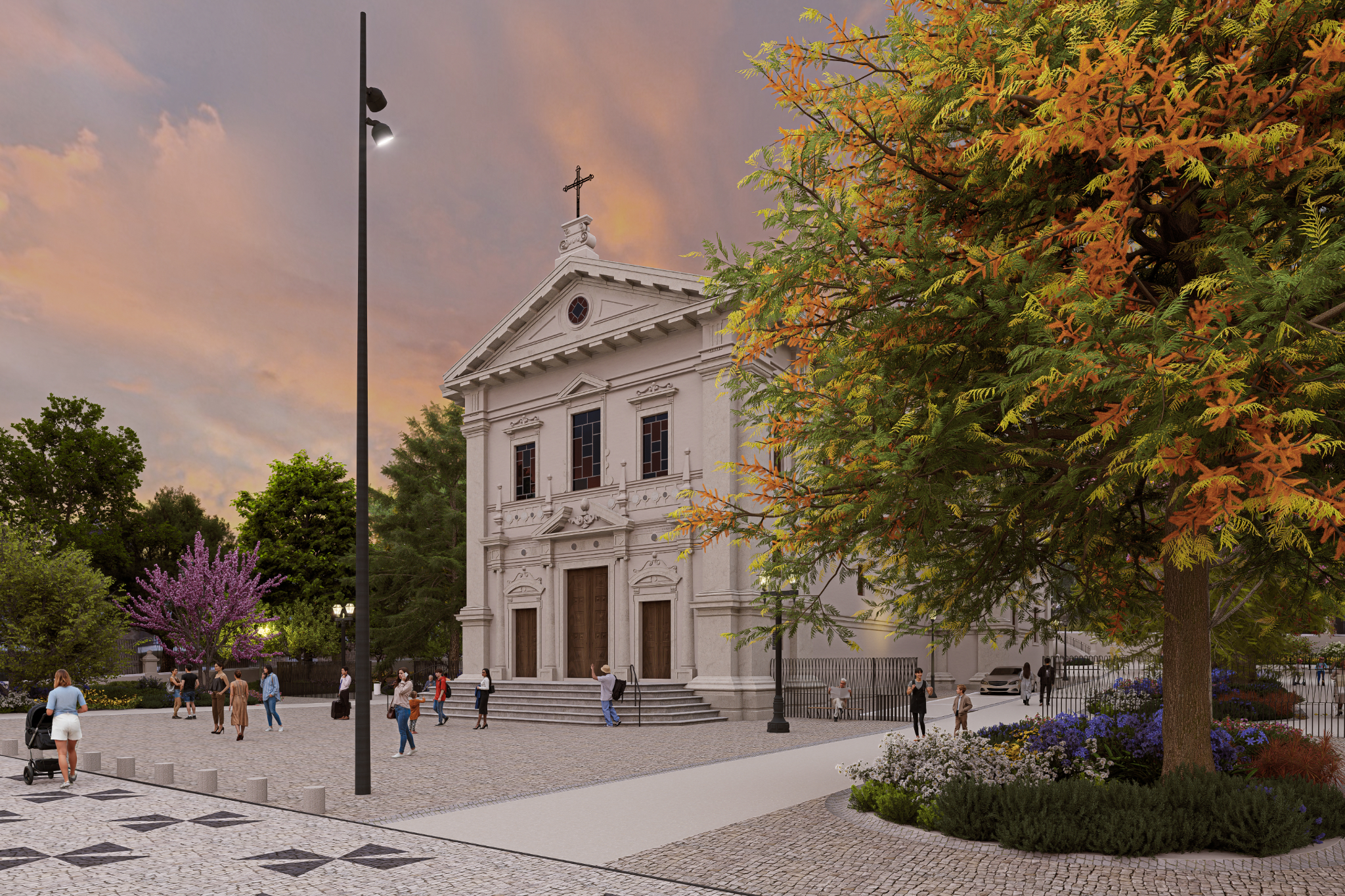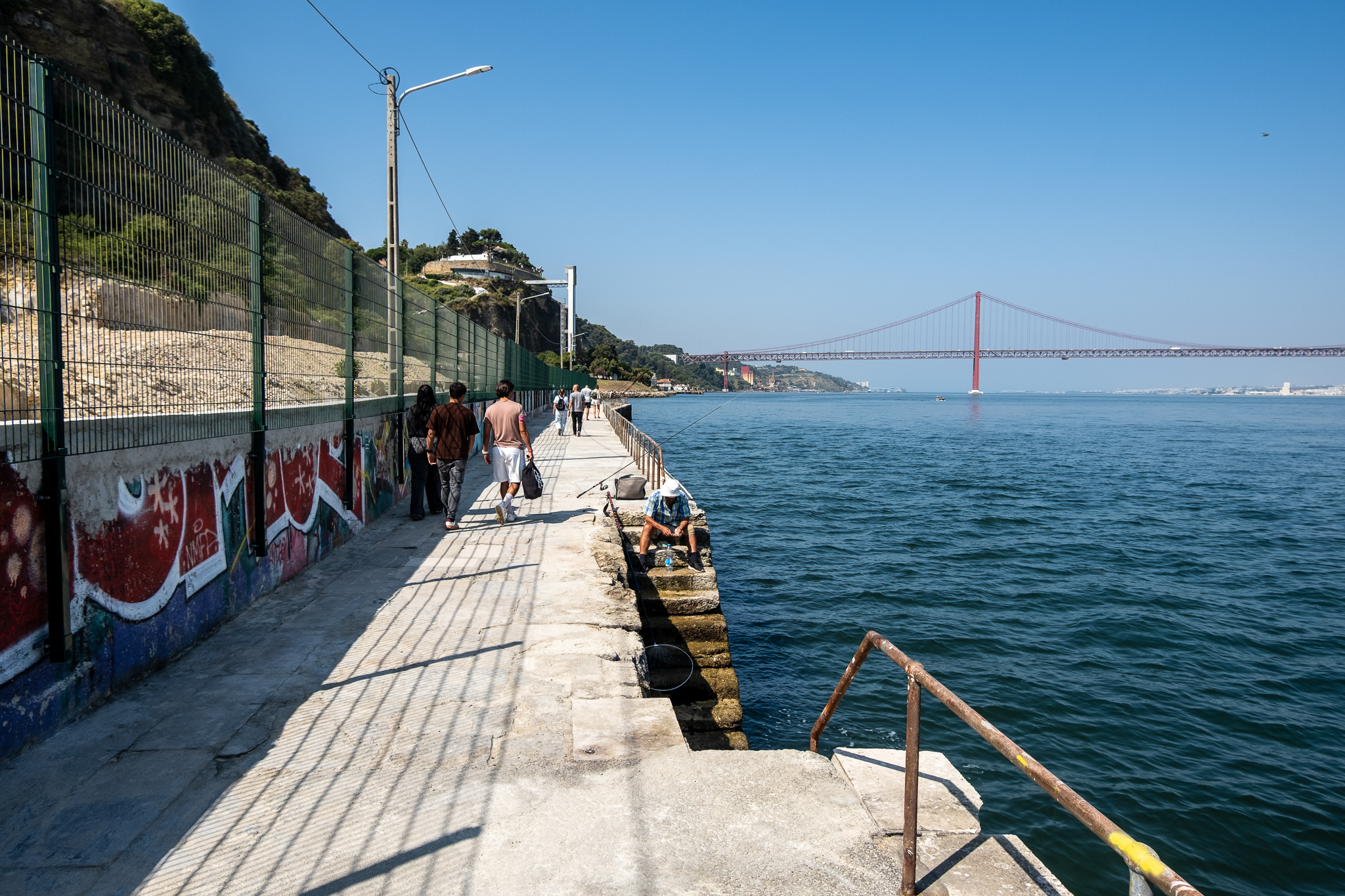While Paris, Brussels, London or Madrid are moving towards getting cars out of the center, Carlos Moedas' Lisbon is taking steps in the opposite direction.

The ABC ZER, the ambitious project presented by Medina to restrict automobile traffic in Baixa-Chiado and increase people's enjoyment space, is now in Moedas' drawer - and it won't come out. The new municipal executive had never shown willingness to implement the ZER ABC and confirmed that the project is suspended in statements to the weekly Expresso this weekend. "Our approach to the car problem is gradualist, pedagogical and improving alternatives. It is not a catastrophist or prohibitionist approach."explained Ângelo Pereira, Lisbon's mobility councilman.
It should be noted that the ABC ZER had been presented in January 2020 by Fernando Medina with the expectation of being implemented already in the summer of that year - first with physical mechanisms that would prevent unauthorized crossing and then with public space works that would renew the appearance and liveliness of Baixa-Chiado. But the pandemic led to the suspension of the program - Medina said then that he did not want to be one more "difficulty and disruption factor" for traders. Lisboa Para Pessoas knows that this postponement was also due to a decline in tourism in the city - without the dynamics that this sector brings to Lisbon's historic center, the implementation of a ZER ABC would quickly be perceived as a flop given the lower circulation of people in Baixa-Chiado.
ZER ABC had been postponed to the next mandate and was in Medina's program. But with the previous mayor of Lisbon not renewing his mandate, the hot ball passed to Carlos Moedas, who had never been particularly enthusiastic about the idea of restricting traffic in the city center and has now put it aside. Lisbon, which was close to having a Baixa-Chiado with fewer cars and more people, is taking a step backwards and in the opposite direction of other European capitals.
In Paris: a ZER in 2024
Paris is preparing to restrict traffic not only in the heart of the city, in four distinct neighborhoods - the aim is to create a "peaceful zone" and eliminate about half of the 350-550,000 trips that are made daily in that part of the city, corresponding to through traffic. The project is being worked on with the population and was initially planned for this year; the timing is being targeted for early 2024, coinciding with the Olympic Games, which will be held in the French capital.

In an interview with the local newspaper Le Parisienthe two Paris City Hall officials responsible for public space and mobility explained that car use in that "peaceful zone" will continue to be allowed for residents, those who work in the area, shopkeepers, or even those who are visiting friends or going to the movies - that is, as long as the destination is in the area. The measure is mainly aimed at eliminating through-traffic, with the exception of emergency vehicles, public transport, cabs and ubersThe access control will be done with technological devices for reading license plates and with enforcement actions. The access control will be done with technological devices for license plate reading and with enforcement actions. Le Parisen notes that the implementation of the "peaceful zone" in the city is not consensual among political parties - People in charge of some of the parishes around the area were reluctant about the project.
In Brussels: fewer cars already in August
Brussels will implement, already in August, a new circulation system in the city center, known as the Pentagon (or Vijfhoek), with the aim of reducing automobile pressure and reducing pollution. "All residents, visitors, customers, merchants and schoolchildren will thus benefit from more pleasant and accessible neighborhoods with clean air and safe streets."can be read in a flyer shared by Brussels Chamber. The municipality will change the traffic direction of some streets to one-way, introduce new pedestrian areas, create limited vehicle access zones, and implement bus lanes. These measures, taken together, are intended to filter through-traffic from the Pentagon, which represents, according to The Brussels Times42% of total vehicles, without isolating the different neighborhoods. "The circulation plan will have a positive impact on both road safety and accessibility to the Pentagon"said the Brussels mobility councillor.
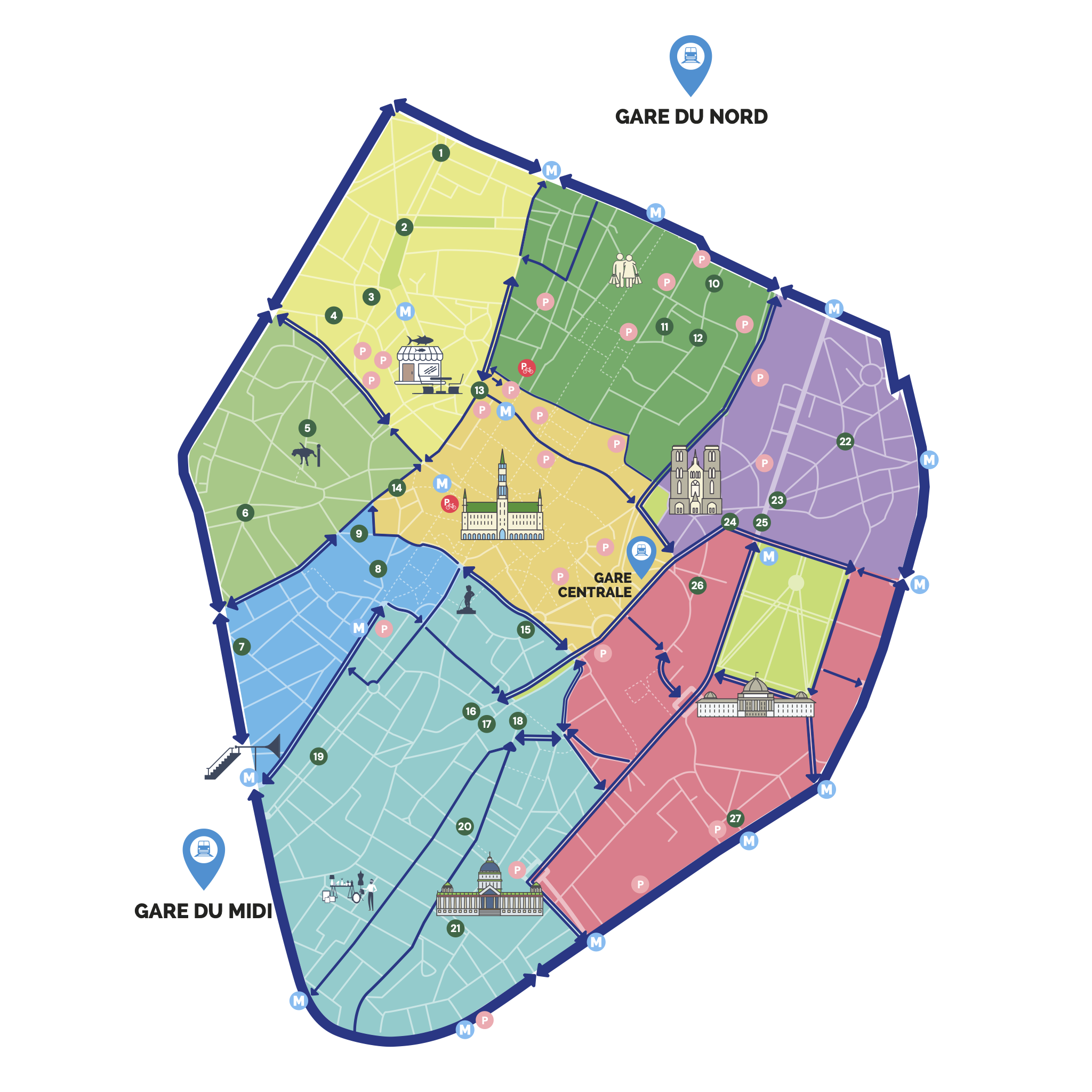
Brussels' plan involves easing the stressIt is also an excellent way to reduce congestion and air pollution in the city center, to provide calmer and safer school zones and residential areas, and to prioritize traffic for those going to the Pentagon, just as Paris wants to do with its "peaceful zone". The restrictions will be implemented with public space alterations and street changes, rather than access control mechanisms. Long-term parking will be privileged in dedicated parking lots, part of the space currently allocated to cars will be allocated to new cycling infrastructure, and public transport will be reinforced, with an offer that allows reaching the city center. The definition of the new circulation scheme in the center of Brussels was based on a participatory process, and people will continue to be heard after the changes are implemented. “The people of Brussels are experts we can rely on every day because they know what is best for their neighborhood."said the municipality's head of civic participation to The Brussels Times.
In London: a ZER across the city
The Mayor of London, Sadiq Khan, recently revealed that will expand the Ultra Low Emissions Zone (ULEZ) - which was implemented in 2019 and had already been updated in October 2021 - to the entire area of the English capital, Greater London, next year. The idea will still go through a public participation process and will also be fine-tuned with the skateholders of the city, but Sadiq is concerned about levels of air pollution and congestion in London's capital; recent figures, revealed by the Mayor of London, indicate that air pollution in London is causing around 4000 premature deaths a year, with a particular focus on areas that are not yet covered by the ULEZ - i.e. mainly on the outskirts of the city. There is also a negative impact on the city's economy - congestion is said to have cost the city £5.1 billion last year alone.

Expanding the ULEZ is a matter of protecting the health of Londoners and the city's economy, understands the London Council, which forecasts 200,000 to 400,000 fewer cars per day on London's streets and a reduction in emissions on the outskirts of the city by 135-150,000 tons. "It's a social justice issue - with air pollution hitting poorer communities the hardest. Almost half of Londoners don't have a car, but they are disproportionately feeling the consequences that polluting vehicles are causing.", the Mayor of London understands. Sadiq Khan promises to support associations, small businesses, people with reduced mobility and lower-paid Londoners in adapting to Ultra Low Emissions Zone expanded, allowing them to trade in their older, polluting vehicles for cleaner, more sustainable transportation options.
Sadiq Khan admits that the implementation of the ULEZ across Greater London - like the Congestion RateThese are transitional measures, in which motorists have to pay 15 pounds a day to access the central part of the city. In the view of the Mayor of the English capital, the simplest and fairest way to solve pollution and congestion in the city would be a charge per kilometer levied on motorists, depending on the emissions of their vehicles, the level of congestion in the area, and access to public transport.
In Madrid: Some adjustments
In 2018, the Madrid City Council, then led by socialist Manuela Carmena, implemented the Madrid CentralThis is a low emission and low traffic zone in the center of the Spanish capital. The project did not achieve consensus and the Popular Party (PP) quickly filed a complaint against the Madrid CentralCarmena's executive had not taken into account the 11.7 million economic impact that the traffic restrictions would have on the municipality's accounts, according to El País. In May of last year, the Supreme Court eventually ruled in favor of the PP of José Luis Martínez-Almeida, who now leads the Madrid City Council and who prepared amendments to the Central Madrid. Martínez-Almeida did not suspend the program in place for the past four years, but made some changes to it.
The first was a name change. The name Madrid Central fell and the logos were removed from the streets, an operation that is said to have cost 185 thousand euros to the municipality - the zone was renamed Central District. The coverage area was maintained, and the restrictions for gasoline vehicles from before 2000 and diesel vehicles from before 2006 were also maintained. The main change concerned the traders in the zone affected by the restrictions, who will now be able to enter the restricted perimeter with up to three vehicles per establishment, regardless of their environmental classification. Martínez-Almeida also wanted to authorize the circulation of motorcycles for an additional hour - until eleven o'clock at night instead of until ten o'clock -, but the measure did not go forward. Moreover, the now Central District maintains exceptions for residents, people with reduced mobility or usual emergency vehicles. Cars that, because they are from after 2000 or 2006, can enter the Central District They have to have a destination in the zone, i.e., they cannot simply pass through it.
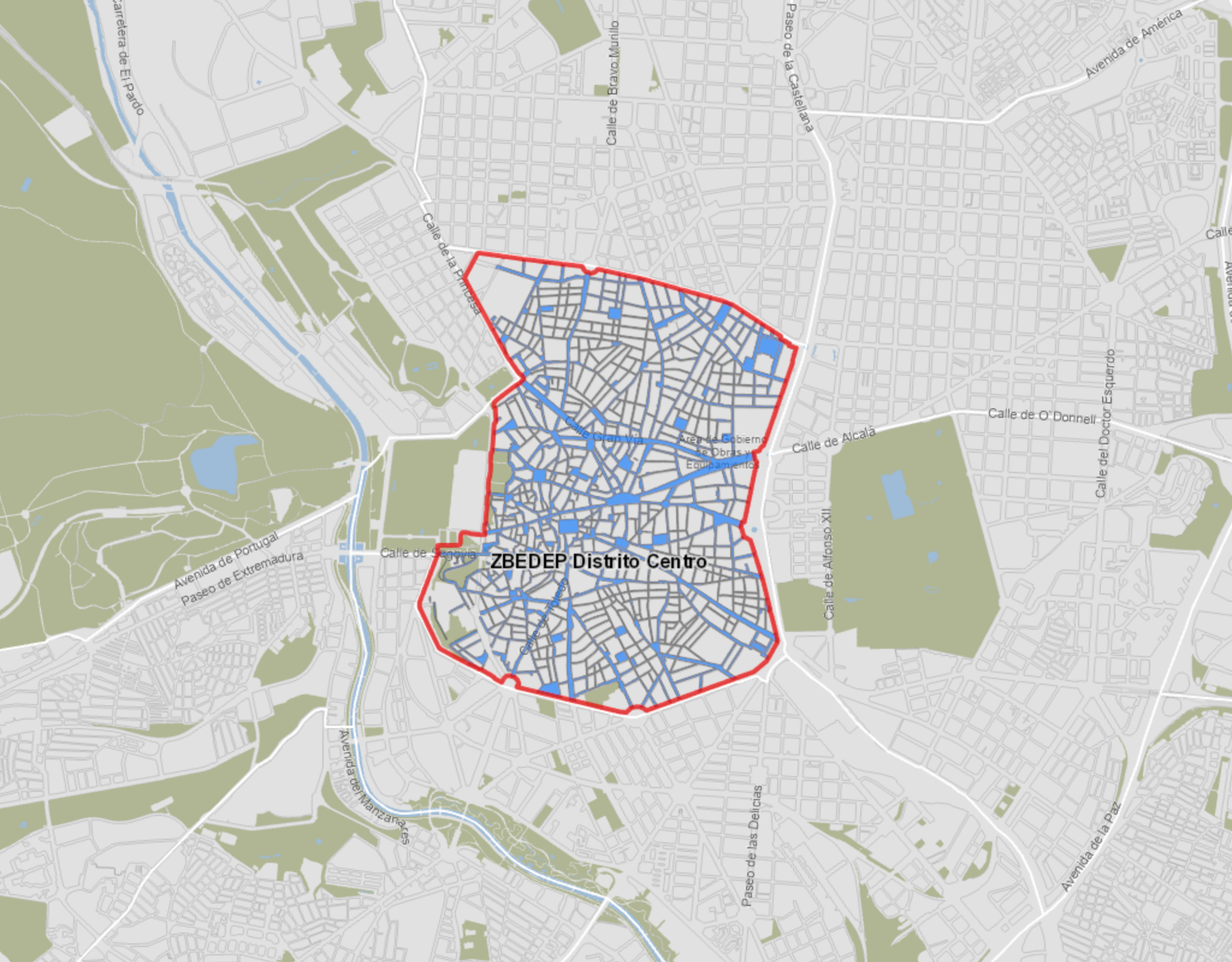
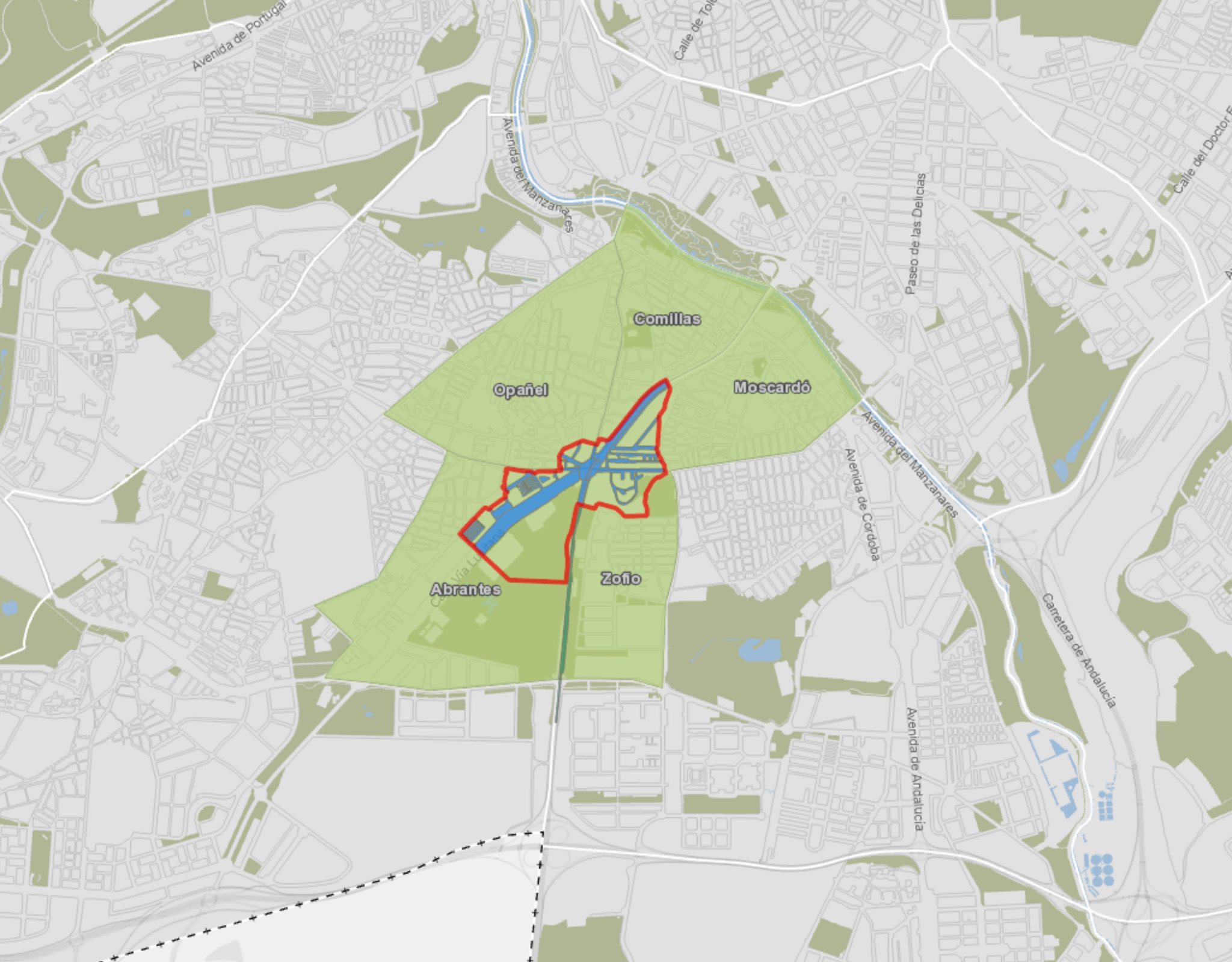
In addition to Central DistrictMadrid implemented in December last year another ZBEDEP - Special Protection Low Emission Zone - in Plaza Elípticawith the same kind of restrictions. This is one of the most critical areas of the city in terms of pollution and with the new measure it is intended to eliminate 18% of traffic, that is, 1 472 vehicles in the morning rush hourAccording to the Madrid City Council. Until 2024 there are a few more exceptions besides the usual and already mentioned about the Central DistrictFor example, anyone who lives near the Plaza Elípica and owns a pre-2000 (gasoline) or 2006 (diesel) vehicle purchased in the middle of last year will still be able to access this ZBEDEP. The inspection of these ZBEDEPs is done with electronic license plate reading devices.
At the same time, starting in 2025, no gasoline vehicles from before 2000 or diesel vehicles from before 2006 will be allowed to circulate in Madrid - it is a large Reduced Emissions Zone that the city began to gradually implement starting this year. In the first phase, this Madrid ZBE (Zona de Bajas Emisiones) will be limited by the M-30 freeway, which surrounds the central neighborhoods of the Spanish capital; in 2023, it will include the M-30 itself; the following year, the entire city. At the same time, the restrictions for the most polluting vehicles will first be for those coming from outside, and only in 2025 will include Madrid residents as well. The full plan is being communicated with the brand "Madrid 360"..

In other cities
Several European cities are working to eliminate cars from their city centers. These are not absolute bans, but restrictions aimed mainly at eliminating through-traffic, safeguarding access for residents, shopkeepers, public transport, emergency vehicles and people with reduced mobility. When car traffic is restricted, a shift to more sustainable forms of mobility such as public transport, cycling or walking is sought.
In addition to the big capitals, smaller cities are seeking to restrict traffic in their historic heartlands, a measure that is usually accompanied by a redevelopment of public space, an increase in public transportation, and the allocation of space previously occupied by cars for walking and cycling. The air becomes more breathable, noise is reduced, and the streets become safer. We can list here examples of Bolognain Italy, from Nurembergin Germany, from Ghentin Belgium, from Ljubljanain Slovenia, or from Pontevedrain Spain. And one example that is not always evident is Venice - a city where cars have never entered and where people have always lived by foot or boat. However, it is not always possible to change a city and Milan, just like Lisbon, shows it.
Returning to Lisbon
Lisbon already has a Reduced Emission Zone (ZER) implemented in downtown and in Avenida da Liberdadewhere the circulation of vehicles that do not respect certain limits for the emission of pollutant gases is prohibited. The Lisbon ZER was implemented in three phases, the first of which in 2011. In the first phase, vehicles from before July 1992 were prohibited in the axis of Avenida da Liberdade from Rua Alexandre Herculano and in the downtown area until Terreiro do Paço. Exceptions were defined for Lisbon residents, emergency vehicles, people with reduced mobility, public transport and historical vehicles, and two crossings were also excepted without restrictions: between Praça da Alegria and Rua das Pretas, and between Rua da Conceição and Calçada de São Francisco.

With the motto "More Lisbon - Less Pollution, More Oxygen, Breathing Better, Living More Lisbon".the ZER became two zones the following year. Thus, in 2012, Zone 1 - the "original ZER" - was restricted to vehicles prior to 1996, and there were fewer exceptions for Lisboners: only residents in Zone 1 could now circulate downtown with vehicles of any age; all other city residents had to access downtown with vehicles at least from July 1992. In 2012, a Zone 2 was created, restricted to vehicles from before July 1992, and covering a substantial part of Lisbon, including the parishes of Avenidas Novas, Areeiro and Arroios. This Zone 2 is limited to the south by the avenues of Ceuta, Forças Armadas, Estados Unidos da América, Marechal António Spínola and Infante Dom Henrique, and the North-South Axis, and to the north by the city/river limits. In 2012, the hours of restrictions were also extended: from 8-20h to 7-21h, weekdays.

These two ZER Zones remain in effect today. The 3rd phase of ZER was implemented in 2015 and increased restrictions on the age of vehicles: Zone 1 - Avenida da Liberdade/Baixa - is now forbidden to vehicles older than 2000; and Zone 2 is restricted to vehicles older than 1996. Despite these rules, Lisbon's ZER has been largely ignored, as reported in 2018 by the newspaper O Corvo. In 2019, municipal deputies called for greater oversight of the ZER and that the standards regarding the age of vehicles were updatedso that the heart of Lisbon would be restricted to vehicles from before 2005 and a large part of the city would be restricted to vehicles from before 2000. Even with the ZERs in place - wrote The Raven in 2018 - pollution levels on Avenida da Liberdade continued to exceed acceptable parameters, especially on days .with light wind, high temperatures and more traffic.
ZER ABC, as presented by Fernando Medina in 2020, aimed to create "a true ZER" in the historic heart of Lisbon, along with the existing ZAACs (Zonas de Acesso Automóvel Condicionado) in Bairro Alto, Mouraria and Alfama. The plan was to reduce vehicle traffic by 40% on Avenida da Liberdade (from Praça da Alegria), downtown and Chiado, to widen pedestrian areas and privilege access by public transportation and soft modes such as cycling. Residents would continue to have access to the ABC ZER and could receive visits from family and friends, shopkeepers would continue to be able to load and unload; other exceptions were foreseen, for example for people with reduced mobility, emergency vehicles and electric cars.
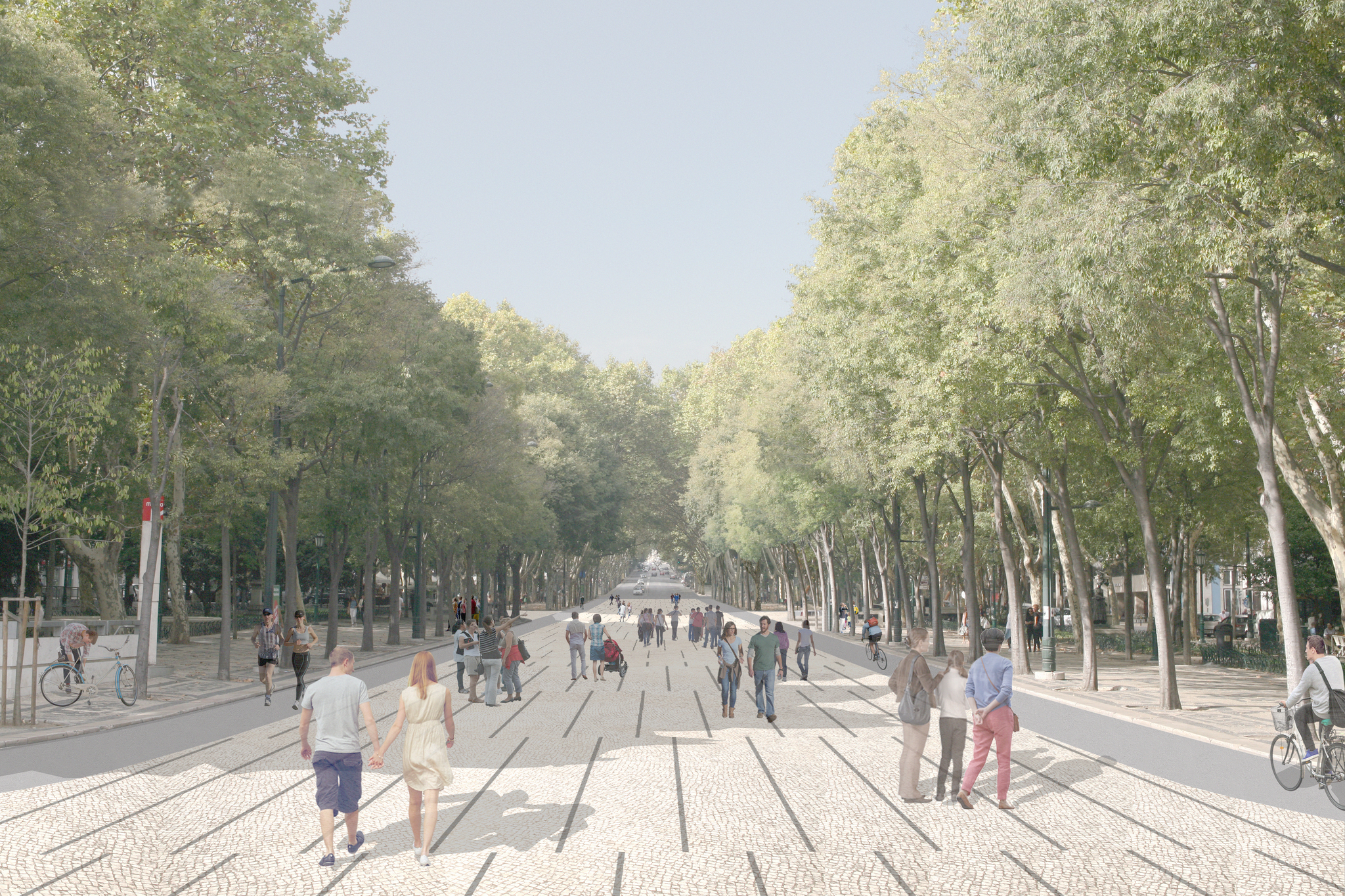
With the announcement of ZER ABC, no updates to the restrictions currently in place have been communicated. With the plan suspended since the pandemic and the current executive unwilling to pull it out of the drawer, the ZER ABC is not likely to be implemented any time soon. No alternative or revised EBZ ABC or current EBZ plan has been announced, so Lisbon seems to be moving backwards, unlike cities like Paris, Brussels, London or even Madrid. However, Lisbon's current councilman for mobility, Ângelo Pereira, told Expresso that the current city government will focus on the enforcement of the current ZER, and on the improvement of public transport and cycling infrastructure downtown to provide alternatives to cars, and left open a desire to pedestrianize areas of the historic center that do not serve as traffic distribution routes. "We want Baixa Pombalina to be a space where all networks are compatible and not excluded. We do not advocate increasing restrictions and prohibitions to the citizen who wants to come to Baixa, to use it, regardless of the transport used"said the mayor.

